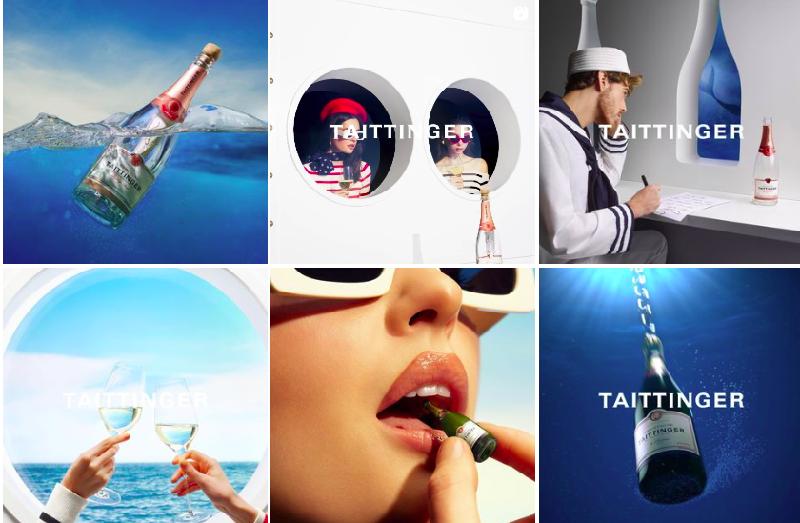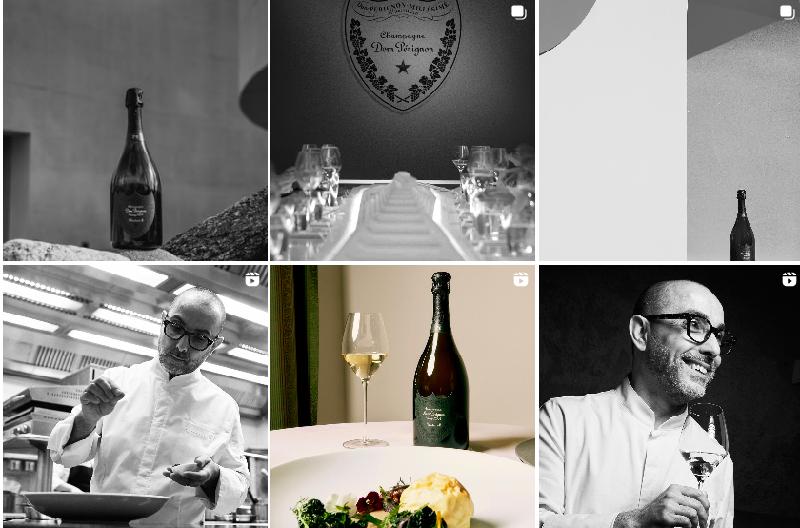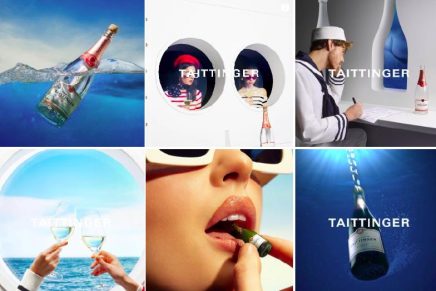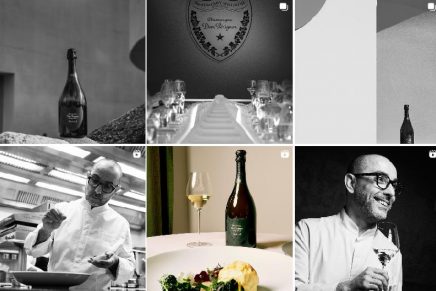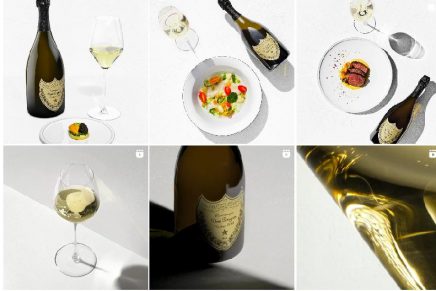The Art of Storing Champagne: Preserving Luxury in Every Bottle.
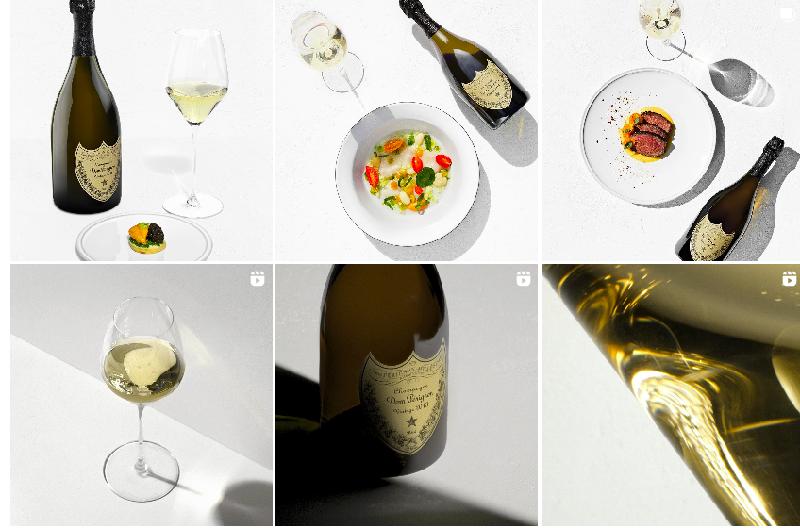
@Dom Pérignon/ @instagram.com/domperignonofficial/
Champagne, a beverage synonymous with elegance, celebration, and luxury, is not just a drink but a living being that evolves over time. From the moment it is crafted to the point of consumption, every aspect of champagne contributes to its unique character and exquisite taste. However, to truly savor the opulence within each bottle, it is crucial to understand the art of storing champagne. In this guide, we will delve into the traditions, tips, and tricks of champagne storage, shedding light on the factors that influence its development and maintaining its pristine quality.
Champagne Develops in Its Bottle: Unveiling the Essence of Time
The journey of champagne begins within the depths of its bottle. As a living entity, champagne matures and transforms over time, influenced not only by storage conditions but also by its blends and the shape of the bottle. Vintage champagnes like Dom Perignon, distinguished by their exceptional quality, demand a longer cellaring time, typically requiring 7 to 10 years before reaching their peak. However, it is important to note that there is no benefit in keeping champagne longer than the recommended time.
At the moment of purchase, all the bottles of high-end champagnes have already undergone meticulous aging in our cellars. Thus, they can be enjoyed immediately, allowing you to experience the artistry and craftsmanship as intended by the most renowned and respected oenologists. Prolonged storage may lead to noticeable changes in taste, with flavors becoming more pronounced, colors darkening, and effervescence diminishing. Moreover, the cuvées within the champagne might develop into a style different from the original vision of our winemakers.
Are All Champagne Brands the Same When It Comes to Storage?
While the principles of champagne storage are universal, each champagne brand may have its own recommendations based on their unique blends, aging processes, and desired characteristics. It is essential to consult the specific guidelines provided by the producer of the champagne to ensure an optimal storage experience. By following these instructions, you can safeguard the distinctive qualities of the champagne and unlock its full potential upon opening.
The Essentials of Champagne Storage: A Symphony of Factors
To uphold the magnificence of champagne, it is vital to consider several crucial factors that influence its development. These factors encompass temperature, darkness, humidity, and careful handling of the pressurized bottle. By adhering to these guidelines, you can preserve the essence of luxury within each bottle.
Temperature: A Gentle Caress for Elegance
Temperature plays a pivotal role in the maturation of champagne. High temperatures accelerate the aging process, ultimately compromising the quality and flavor of the wine. On the other hand, excessively cold temperatures hinder the development of the wine and impede the acquisition of complexity. To maintain the delicate balance, it is recommended to store champagne within a cool and constant temperature range of 45 to 65°F (7 to 18°C). This ensures that the champagne evolves gracefully, preserving its refined nature.
Darkness and Humidity: Nurturing the Essence
Champagne is particularly sensitive to light, which can have a detrimental impact on its taste and overall quality. Transparent glass bottles, in particular, must be shielded from direct exposure to light. Darkness serves as a protective cloak, guarding the champagne against the potentially harmful effects of brightness.
Moreover, humidity plays a vital role in the preservation of champagne. A humidity level above 70% ensures that the cork remains supple and dense, maintaining its integrity. Conversely, excessively low humidity coupled with high temperatures can dry out the cork, leading to rapid deterioration of the wine. Therefore, it is advisable to store champagne in a humid environment, striking the perfect balance between moisture and preservation.
Pressurized Bottle: Handling with Grace
One must always handle a bottle of champagne with utmost care and respect. The internal pressure of a champagne bottle reaches an astounding 6 to 8 bars, three times higher than the pressure within a car tire. Therefore, it is crucial to avoid subjecting the bottle to any sudden shocks or movements that could compromise its structural integrity.
It is worth noting that the act of sabering, although captivating, should be left to the skilled hands of experienced professionals. Opening a bottle of champagne should be approached delicately, with finesse and attention to detail. Follow these steps to ensure an elegant and controlled opening:
Step 1: Tilt the bottle and release the wire securing the cork.
Step 2: Remove the wire and its cover, taking care to keep the cork firmly in place. Avoid pointing the cork towards your guests.
Step 3: While firmly gripping the cork, hold the body of the bottle with your other hand and gently turn it to release the cork from the neck, ensuring it does not pop out abruptly.
By adhering to these graceful techniques, you can enhance the enjoyment of champagne, savoring each moment of luxury and celebration.
The Symphony of Storage: A Celebration of Excellence
In the realm of luxury, champagne stands as a symbol of refinement, artistry, and celebration. By understanding the nuances of champagne storage, you can ensure that each bottle reflects the exceptional craftsmanship and dedication of its creators. From the moment you acquire a bottle of champagne, treat it with the utmost care and respect, following the recommended guidelines provided by the producer. By preserving its optimal storage conditions of temperature, darkness, humidity, and careful handling, you can unlock the symphony of flavors, aromas, and effervescence, elevating every occasion to new heights of elegance and indulgence.

